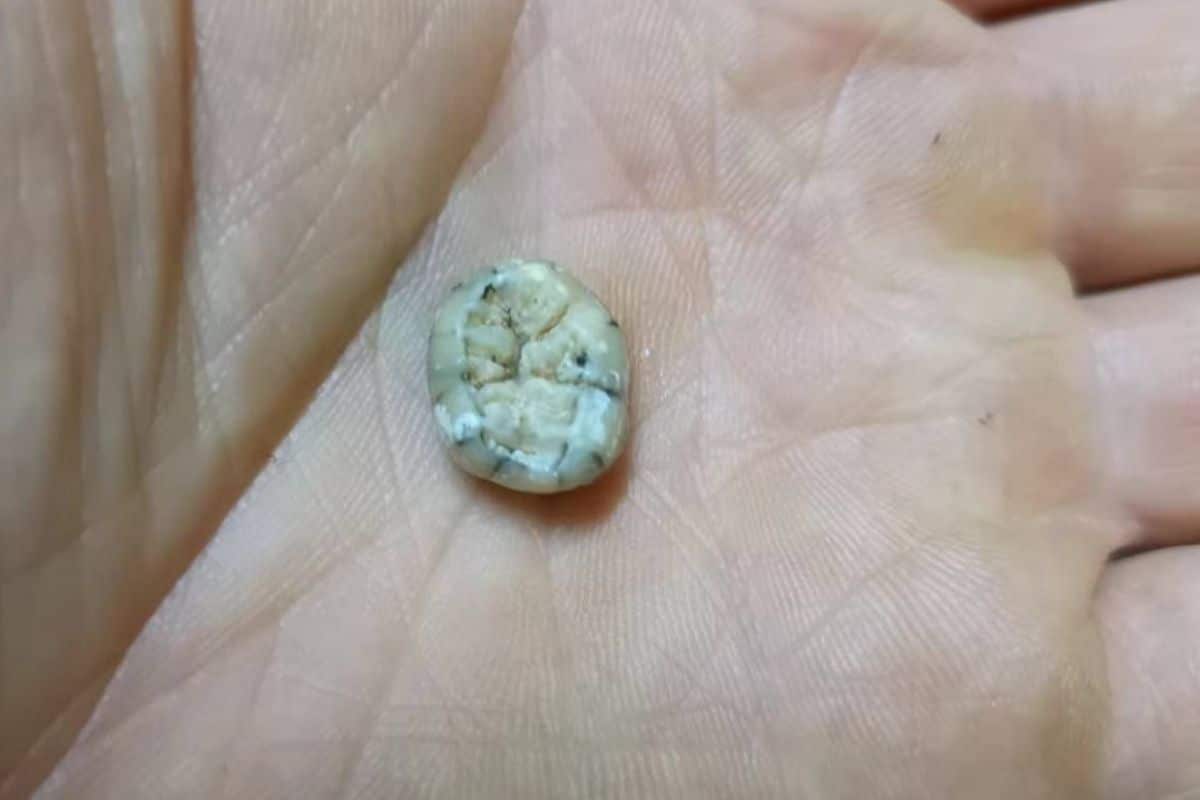

In a cave in Laos — thousands of miles away from the Siberian cave where the first Denisovan remains were discovered years ago — researchers have discovered a molar that most likely belonged to a young Denisova girl.
The cave in question is located in northern Laos and is named Tam Ngu Hao 2. The cave is located near the Tam Pà Ling Cave, where researchers previously found up to 70,000-year-old remains of modern humans (Homo sapiens) found. The molar now found in Tam Ngu Hao 2 is considerably older: between 131,000 and 164,000 years old. It also belongs to another species of hominin: gay denisova†
About Homo denisova
gay denisova is a now-extinct hominin that was presented by scientists in 2010, after they found the first remains of this hominin in a cave in Siberia. In the years that followed, more remains of the still rather mysterious hominin were discovered in this cave. And in 2019, remains of Denisovans also surfaced outside the Siberian cave; researchers then stumbled upon the lower jaw of a in a Tibetan cave gay denisova† Genetic research previously hinted that the hominin must also have felt at home in southeastern Asia; contemporary populations in Southeast Asia still carry some Denisovan DNA with them. And that hints that their distant ancestors mingled with the Denisovans. But hard evidence for the presence of Denisovans in this part of the world was lacking. Until now.
Important discovery
Because with the discovery of the molar in Laos, researchers can now actually place the Denisovans in southeastern Asia. “This fossil represents the first discovery of Denisovans in Southeast Asia and shows that Denisovans lived as far south as Laos,” said study researcher Fabrice Demeter. “That’s in line with the genetic evidence we’ve found in contemporary Southeast Asian populations.”
Choose
The discovery – which is widely reported in the magazine Nature Communications – is quite modest itself. The researchers found just a single tooth of a Denisovan in the cave in Laos. A detailed analysis of the molar shape shows that it is in many ways similar to the molars previously found in Tibet from Denisovans. The researchers are therefore pretty sure that it belonged to a gay denisova† However, there is also a small chance that the molar belonged to a Neanderthal, they write in their research article† The species – which we mainly know from Europe and Asia further north – would have made a trip to Southeast Asia in that scenario. “That cannot be ruled out,” the researchers write. “But it is much less likely.”
Girl
And so they maintain that it is most likely a Denisovan molar. Most likely the molar belonged to a young girl who was somewhere between 3.5 and 8.5 years old. DNA has unfortunately not been found; this has not been preserved due to the high humidity. The latter does not detract from the importance of the discovery; with the molar fossil evidence of the presence of Denisovans has been found for the first time outside Siberia and Tibet. And with that, the presence of gay denisovaDNA in the genome of modern Southeast Asians can finally be explained. “This Denisovan tooth shows that the hominids were once present as far south as the karst landscapes of Laos,” said researcher Mike Morley.
The discovery also expands the wide range of hominids that once roamed this part of the world. After researchers previously showed that Southeast Asia – at various times in history – was a home for Homo erectus† Homo floresiensis† Homo luzonensis and Homo sapienswe can now – with a small blow to the arm – gay denisova to add.
Source material:
†Tooth unlocks mystery of Denisovans in Asia” – Flinders University
Image at the top of this article: Fabrice Demeter (University of Copenhagen / CNRS Paris)